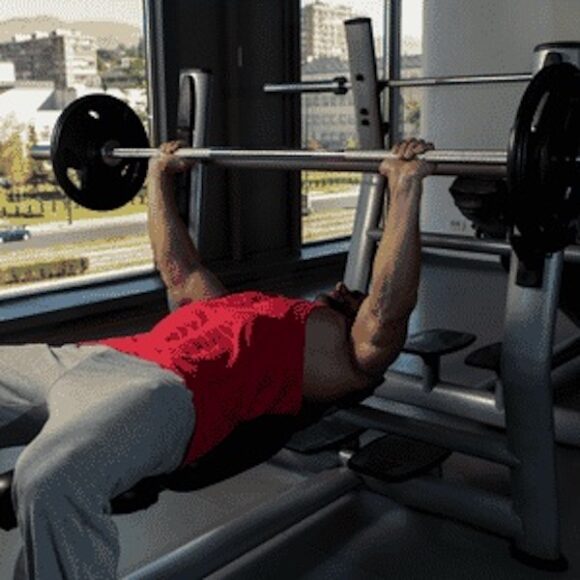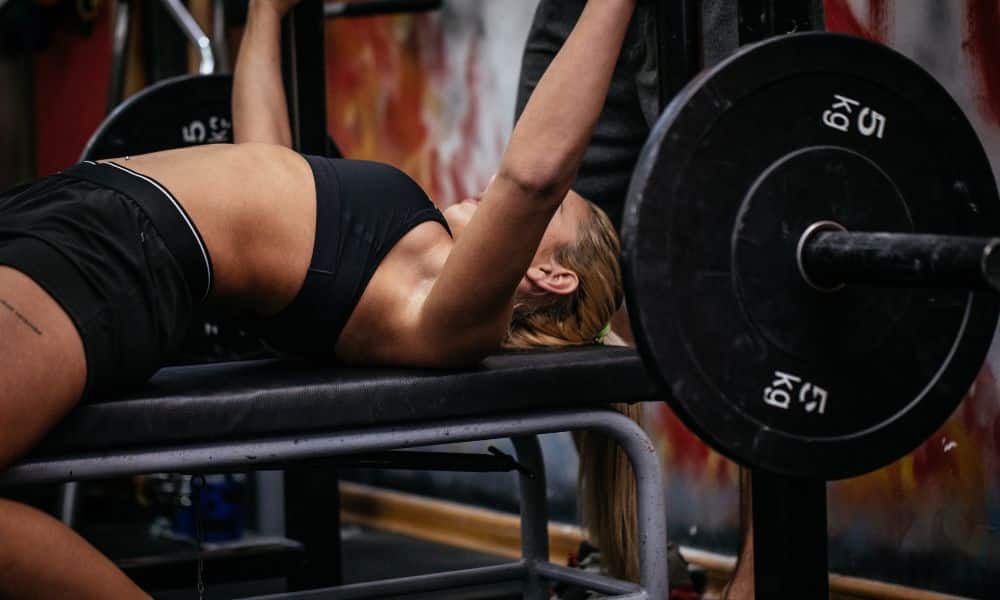Would you like to develop a massive chest that will impress everyone who sees it? The primary muscle in your chest is the pectoralis major, or pecs for short. The pectoralis major is one of your upper body’s largest and most powerful muscles. For building a massive chest, there are a few fundamental principles that you can use to increase your growth:
Use Free Weights – Machines cannot develop a massive chest. Free weights (barbells and dumbbells) produce better all-around muscle gains. Unless your gym severely restricts free weights, always opt for free weights. Free weights force you to perform the exercise correctly and naturally, which is the intention.

1. Lift Heavy
Experts have proven that lifting heavy weights with relatively low reps is far more effective at developing a massive chest. The results show that lifting heavy weights with relatively low reps is far more effective at creating an enormous chest than lighter weights with more reps.
So next time you are about to perform bench presses, load the bar with plates that only allow you to complete between 6 and 10 repetitions – and use a spotter! Train Your Upper Chest – The upper “half” of your pectoralis major makes up 40% of the total muscle. If you only perform flat bench presses and flat bench flyes, you ignore your upper chest and potentially lose up to 40% of your gains.
On the other hand, performing incline bench presses are a fantastic way to hit your upper chest hard. When you focus on the upper chest, you lead to even more gains. Change the Angle of The Bench – When performing bench presses, alter your elbow angle by moving your hands along various bar positions.
While balance is essential, use a solid grip until comfortable with a close or wide grip. Altering the angle will also develop different sections of the chest muscles. Your goal should develop mass in all areas to give a more defined and well-rounded appearance.

2. Cross Chest Exercises
Incorporate cross presses into your workout to develop all-around and massive chest muscle gains. These exercises involve pulling dumbbells or weighted cables across your chest from one side to the other. Keep your arms at a 30-degree angle to get maximum benefit. Short and Intense – Keep your workouts short and intense. Studies have shown that overtraining can occur in as little as 30-45 minutes.
However, after around 45 minutes of high-intensity exercise without nutrition, your body can reach a catabolic state. So keep your workouts to about 30-45 minutes, and keep the intensity (and weights) as high as possible.
Add Weight Every Workout – Adding a small amount to each chest exercise will ensure you develop a massive chest during every workout session. Even if it is just a measly 2.5 pounds to your bench press once a week, it is hard not to progress when constant gains in strength force your body to respond.
Last Word on How to Develop a Massive Chest
Everyone covets a massive, well-defined chest. The chest dominates the upper anterior muscles. To develop an enormous chest, you must stick with simple, tried, and proven workout principles. Use progressive overload, correct form, and a periodization plan combined with a well-researched workout program. Work the chest from multiple angles while including the supporting muscles. A chain always breaks at its weakest link. Don’t let supporting muscles like the shoulders and arms prevent you from reaching your potential.
Finally, it’s not how much you lift or how many you do, but how correctly you complete each lift gives you massive gains. You can always build up to more weight if you lift it correctly. What has been your experience with developing your chest? Please share in the comments below to keep the wisdom flowing.




